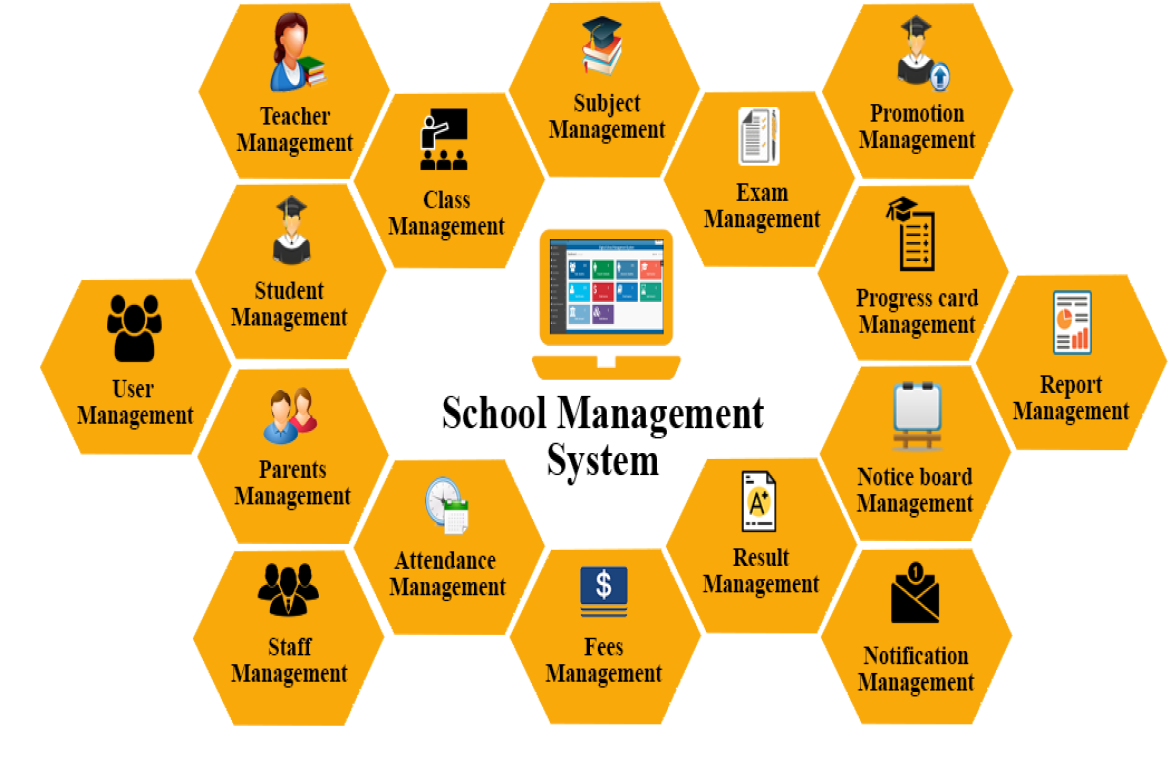The benefits of threat management are vast, yet this is an area still frequently overlooked for many projects. By applying straightforward and consistent risk monitoring techniques, we can quickly reduce possible risks’ impact and leverage prospective possibilities. This ensures meeting the agreed range, expense and time and enhances the general wellness and efficiency of the job operation, staff members and bigger stakeholders. This post returns to the essentials of the essential regulations of taking care of risk to guarantee your tasks are consistently provided with full success.
Step 1: Implement a Solid Identification Process.
Seems simple, right? Nevertheless, many jobs today are still handled with absolutely no formal threat identification integrated. After that, others believe they are using threat monitoring properly yet are not using the proper techniques to determine threats. The identification procedure will depend on the job, the organisation, and the business culture, involved. So, it is best to consider those areas when identifying the most efficient strategy. This can be as straightforward as informing the team of the risk and occasionally asking to review the landscape for new threats. Or, for huge tasks, they can be leveraged to ensure risk recognition is included in the role.
Step 2: Be Positive
Risk monitoring consists of determining and handling both negative and positive risks, yet most tasks usually appear to focus just on the negative ones. Guarantee to add clear reminders and pointers to consider positive risks within your Risk Management Assignment Help. A deliverable being supplied well before its due day can be a good thing, but additionally can have an unforeseen effect on other areas or leave the job operating inefficiently. On the other hand, such a favourable risk can assist in cancelling the effect of adverse risk in other locations.
Step 3: Prioritise for Efficiency
All threats are not equivalent, and there are always restrictions around how much resources can be put into reducing them. Thus, it is important to identify risk in terms of ‘chance’ or how likely the risk is to take place and the ‘impact’ degree if the risk materialises into a problem. Doing so will allow the job manager and staff members to conveniently see which risks are priorities to focus on. The use of a risk register template is an extremely effective method of doing so. Most organisations would have a conventional design template for this; if not, several can be found online.
Step 4: Apply for Appropriate Ownership
It is common for individuals within the job organisation to assume that the project supervisor has all threats; however, this is entirely false. Risks can impact large locations of the larger stakeholder group. It is normal that resources with the pertinent understanding or skills because the area is much better put into becoming the threat owner and performing the proper reduction actions.
Step 5: Communicate as Well as a Track to Closure
With appropriate recognition, category and proprietor allocation in place, we need to be careful as task managers that this is not considered the last action in the MATLAB Assignment Help Online. At this phase, the threats must be correctly connected. First, the owner is assigned to manage the mitigation actions and, secondly, to the broader stakeholder team influenced. Hence, they know the risk and prospective influence on their particular areas. It is also essential that the threats are frequently kept an eye on and tracked with closure regarding the progression of mitigation activities and potential adjustments to the influence/ chance classifications as those activities concern fruition.
Summary
By adhering to the above pointers, task supervisors will certainly be well positioned to be in a setting of control in connection with the monitoring of threats for their tasks as well, as inevitably, this will make certain an audio structure for the effective shipment of their job.


